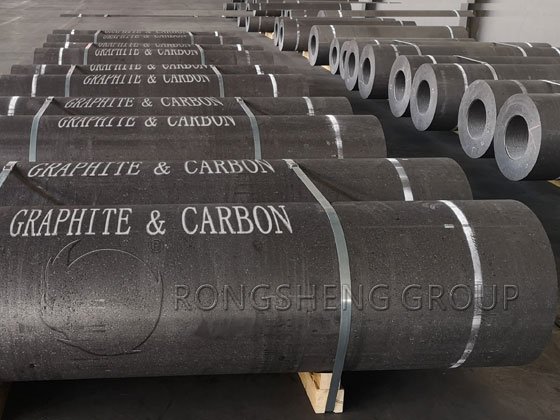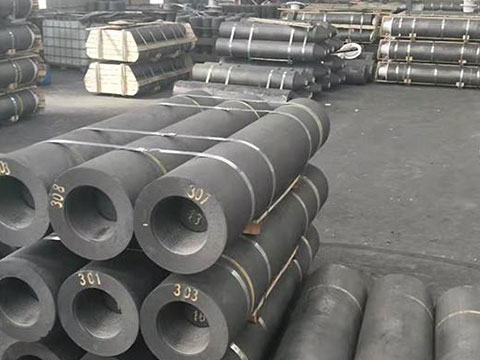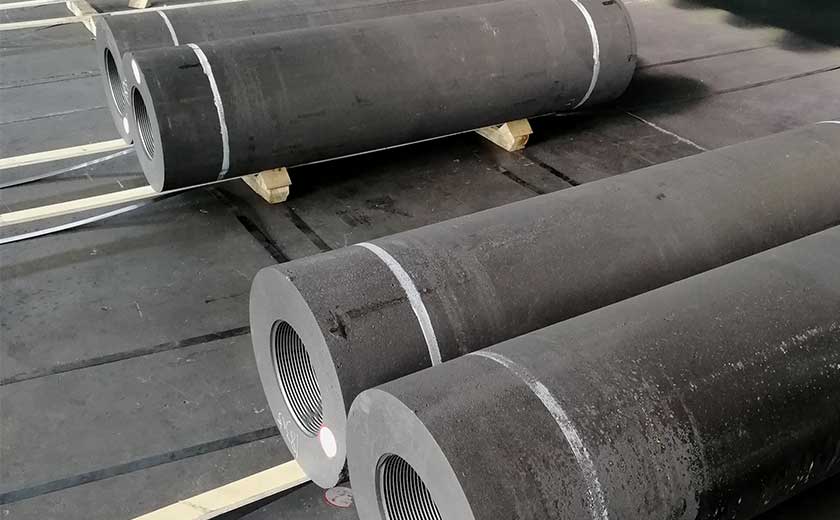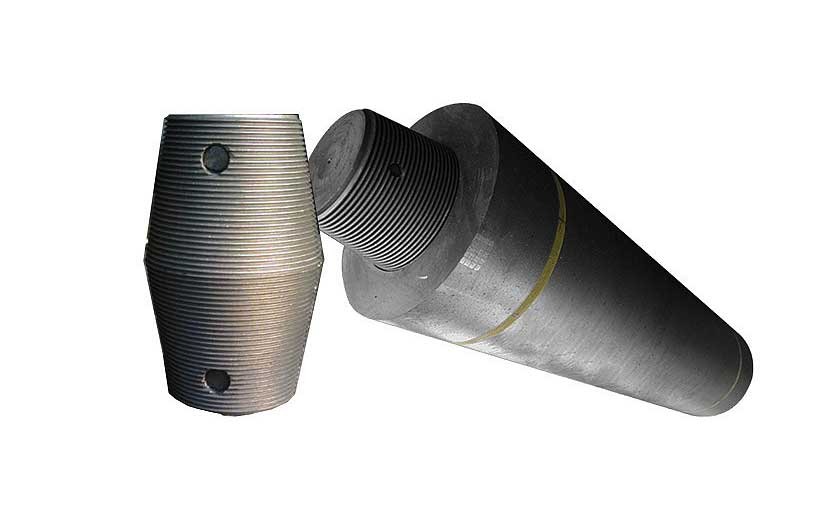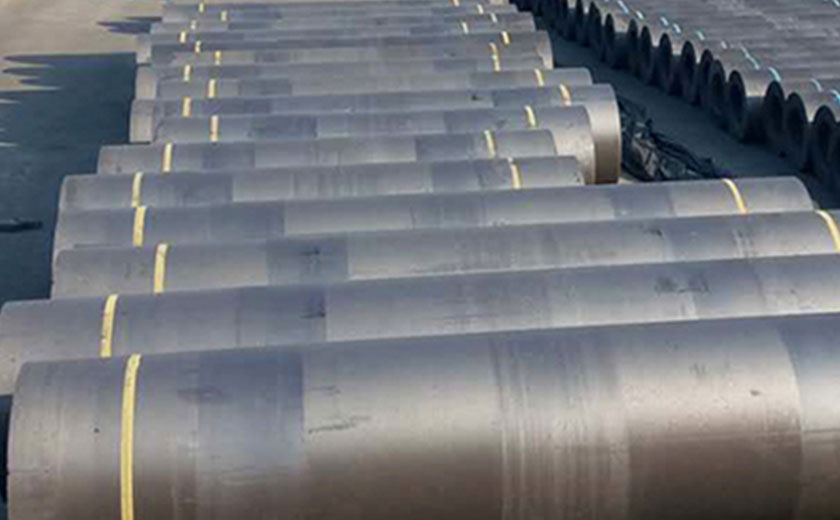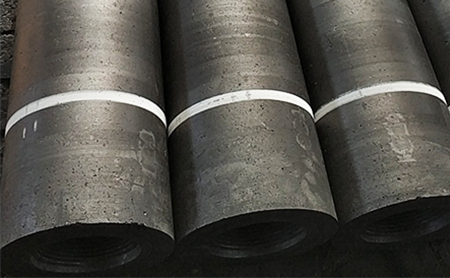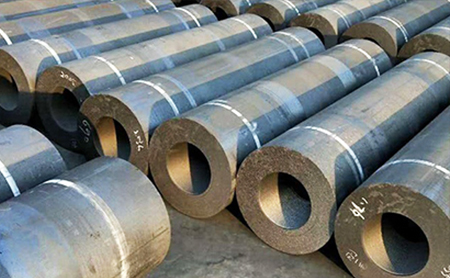Category: Products
Rongsheng Group is a manufacturer that produces and sells graphite electrodes. It provides high-quality graphite electrode products and graphite electrode price consultation for electric arc furnace steel making. According to the power usage, graphite electrodes can be classified into UHP/HP/RP graphite electrodes.
Graphite Electrodes' Quality Indicators & Explanation
Explanation
- 1. Resistivity is a parameter to measure the conductivity of an electrode. The lower the resistivity, the better the conductivity of the electrode in use and the lower the consumption.
- 2. The bulk density is the ratio of the mass of the graphite electrode sample to its volume. Generally, the larger the bulk density of the same type of electrode, the lower the resistivity.
- 3. The flexural strength is a parameter that characterizes the mechanical properties of graphite materials. The electrodes and joints with high strength are less likely to be broken during use.
- 4. Elastic modulus is an important aspect of mechanical properties. It is an index to measure the elastic deformation ability of materials. The larger the elastic modulus, the more brittle the material, and the smaller the elastic modulus, the softer the material.
- 5. The coefficient of thermal expansion refers to the degree of expansion of the material after it is heated. The coefficient of thermal expansion in the quality index of the graphite electrode refers to the coefficient of axial thermal expansion.
- 6. In addition, ash and thermal shock resistance are also important quality indicators for graphite electrodes.
Price Quoting of Graphite Electrodes
Know more about graphite electrode manufacturers, graphite electrode sellers, graphite electrode prices, high quality graphite electrode prices and for the price quoting of graphite electrodes, please contact us.
- Or mail to sales manager, Email: info@graphelectrode.com


